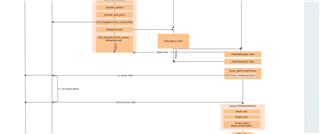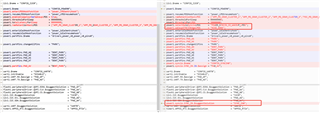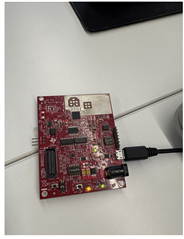Tool/software:
Hi,
I want to enable low-power modules in AWR6432.
I configured and enabled low-power mode in the demo (motion_and_presence_detection) based on the MMWAVE_L_SDK_05_05_03_00
According to the following description in the document, after the program enters low power consumption and timer exits, it can continue to execute the code.
But based on my actual running results, it is a rerun of init and config
Do i need any other configuration besides setting lowPowerCfg to 1 in config






